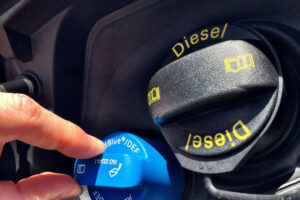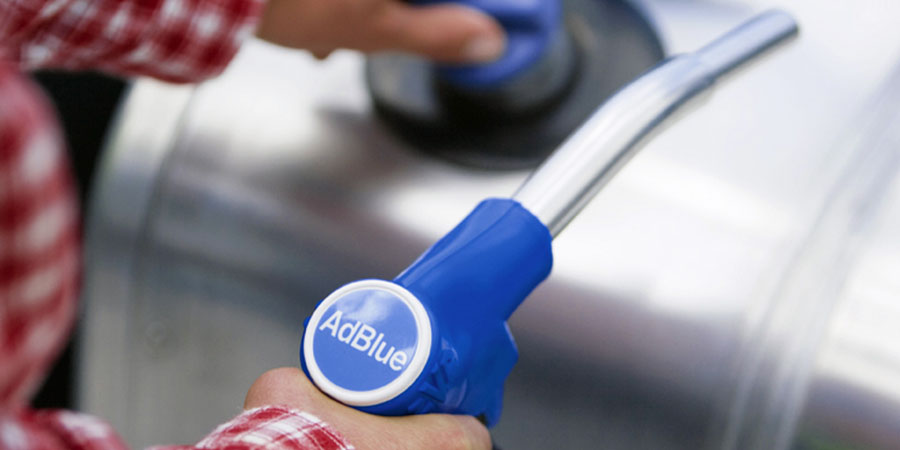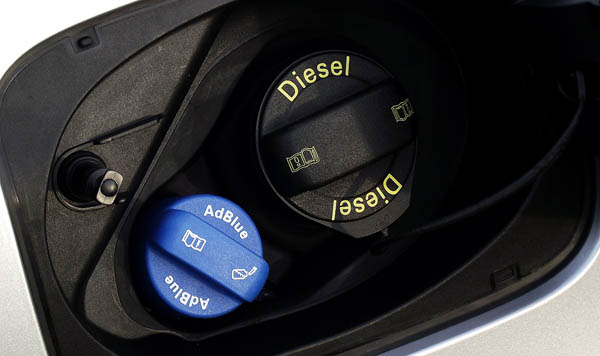FILLED WITH THE WRONG FUEL?
Call Now, For Instance, 24/7 Response
UK's Wide Certified Wrong Fuel Specialist


AdBlue is a mixture of deionised water and urine that is usually used for spraying on the exhaust system of diesel engines. It helps to reduce emissions of nitrous oxide. Its well-known introduction corresponds with the ever more severe emissions targets that carmakers are now required to meet. In other words, without AdBlue, it will be one of the most challenging tasks to lower the emissions of diesel vehicles and meet the latest standards.
There are many rules which car manufacturers have to follow as standard. And many of them are regarding environmental concerns. Euro 6, also known for the latest emissions regulations, made as a standard in 2016, is a new challenge for developing diesel engines. Minimisation of nitrogen oxide emission and discovering a way for it is its primary purpose. And AdBlue is one of the essential elements in controlling Euro 6 regulations.


Following are some of the essential preservative measures you have to take if you have made the mistake of putting AdBlue in a diesel vehicle like AdBlue in a Diesel car, AdBlue in a Diesel truck, or AdBlue in a Diesel lorry and the wrong fuel in car costs you a lot of damage if you ignore it
Please turn off your engine: Turn off your engine and don't start it again. Otherwise, the energy system will begin to circulate the entire fluid if you start your car engine. And as we discussed above, AdBlue is not compatible with any of the engines so it can cause corrosion of engine components and piping of the machine. More likely, it can damage the whole engine system, and it will need to be replaced.
Drain the fuel tank
Your fuel tank will contain contaminated fluid that needs to be drained out completely. For this purpose, you will need a Fuel drain professional who knows how to drain the oil tank. Auto Fuel doctor professionals are highly trained in fuel drain service. Auto fuel doctor professionals are providing the wrong fuel recovery and incorrect fuel removal services all over the UK. Once the tank becomes completely empty after draining, our drain specialist will clean it with warm water before refuelling diesel, as it is essential to clean it, and for this purpose, our specialists will use a siphon.
Check for damage
Your engine will contain contaminated fluid, which needs to be drained out. For this purpose, you will need a fuel drain professional who knows how to drain the oil tank. Auto Fuel doctor professionals are highly trained in fuel drain service. Auto fuel doctor professionals are providing the wrong fuel recovery and incorrect fuel removal services all over the UK. Once the tank becomes fully empty after draining, our fuel drain specialist will clean it with warm water before refuelling diesel, as it is essential to clean it, and for this purpose, our specialists will use a siphon.
